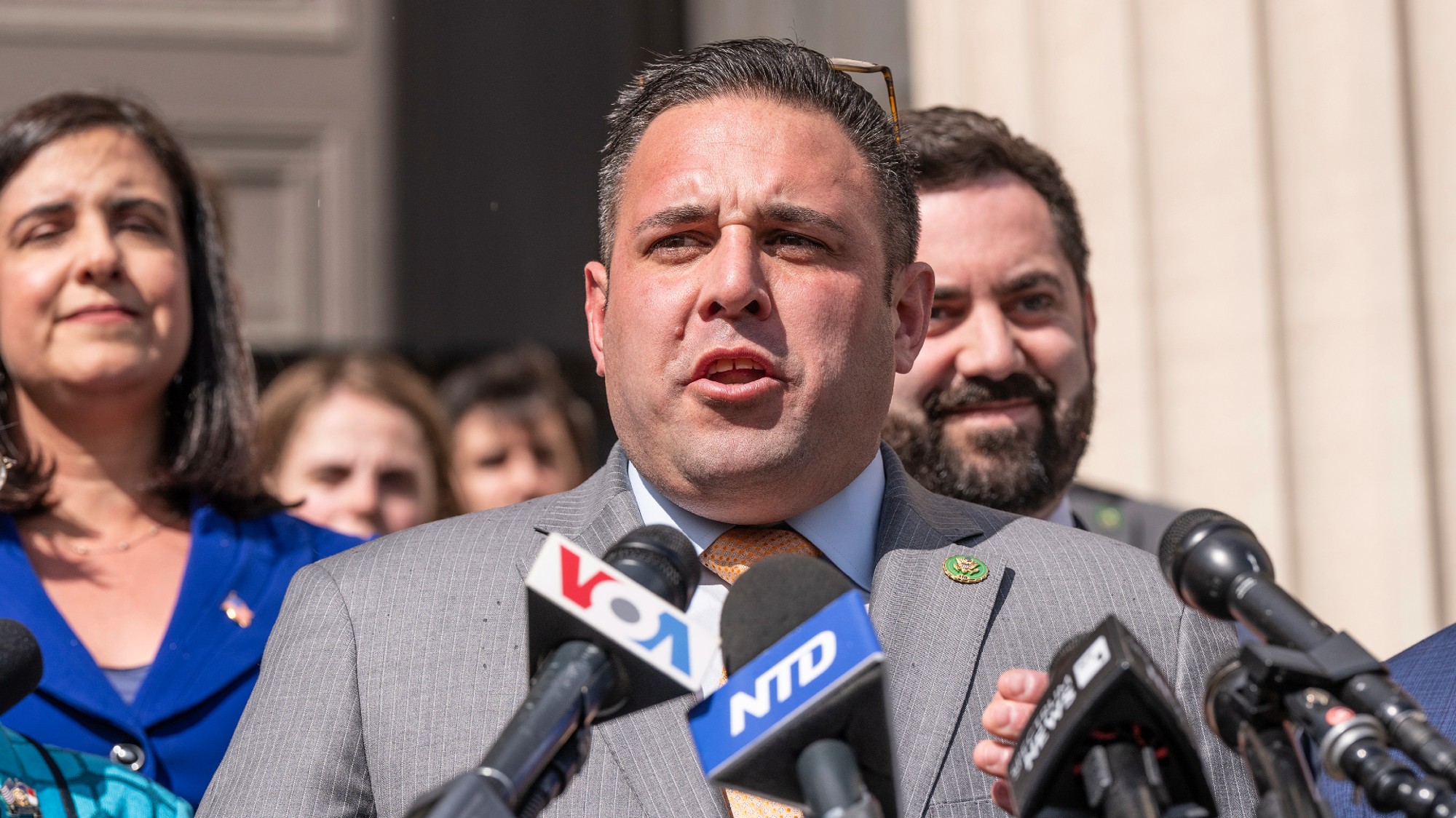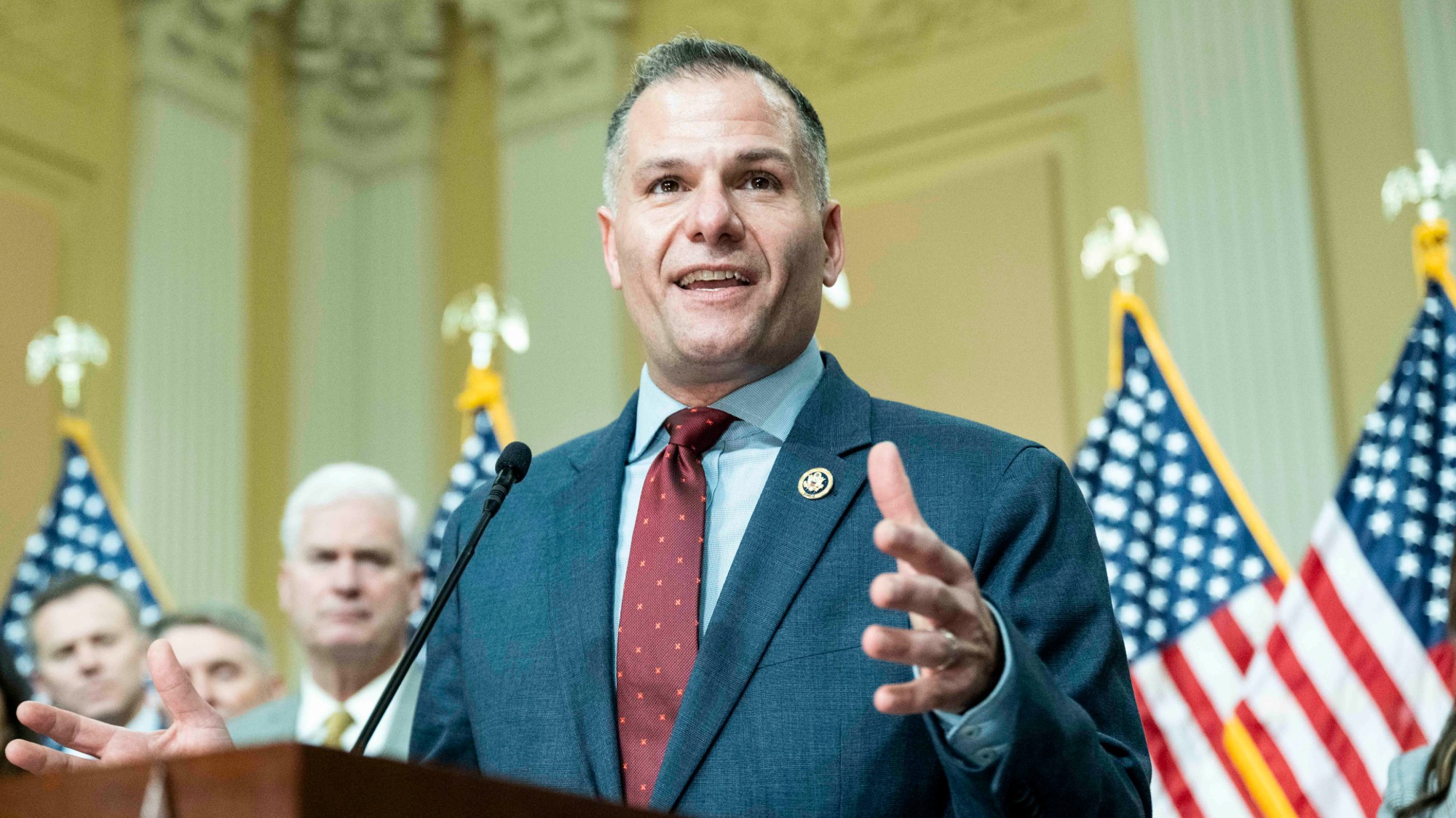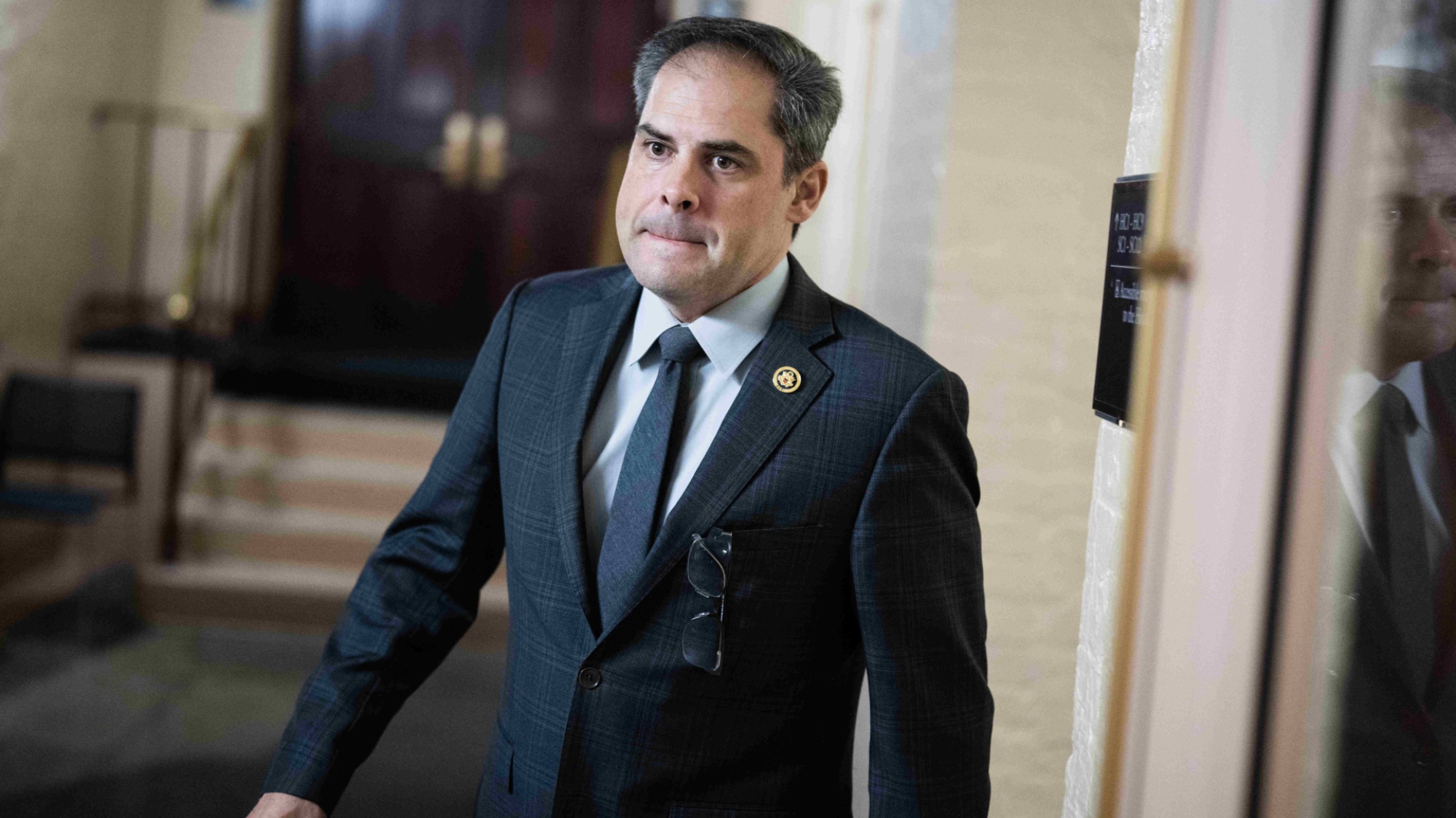
This year, the road to take back the House of Representatives runs through California and New York, two states often skipped over when discussing the balance of power in an election year.
In 2022, the GOP showed surprising strength in the two blue stalwarts. They won upsets in each, earning Republicans the majority in the House. This time, Republicans are defending nine competitive races; as of November 1, the Cook Political Report labels these contests either “lean” or a “toss up.” According to the nonpartisan US election analyzer, two New York Republican incumbents are at particular risk: Anthony D’Esposito in NY-04 and Brandon Williams in NY-22.
Both major parties know the states are key. According to a Politico review of Federal Election Commission data, about one-third of independent expenditures in House races have been spent in California and New York—a significant jump from one-fifth in 2022.
Mother Jones has picked five races, two in New York and three in California, that you should follow on Election Day.
NY-04: A scandalous rematch
Anthony D’Esposito (R) vs. Laura Gillen (D)

In wealthy sections of Nassau County on Long Island, Rep. Anthony D’Esposito faces off once again with Laura Gillen. The district is a historic Republican stronghold that has increasingly turned blue over the last 30 years. Alongside CA-22, it is the most Democratic-leaning congressional district represented by a Republican, with a 2022 Cook Partisan Voting Index of D+5 (meaning it voted five points more Democratic in the 2016 and 2020 presidential elections than the national average).
Turnout is a major issue. At a campaign event for Gillen in October, Minority Leader Hakeem Jeffries attributed the 2022 loss to voter turnout. According to data from the New York State Board of Elections and the New York Times, only 52 percent of registered Democrats voted for Gillen while roughly 83 percent of registered Republicans backed D’Esposito.
But there may be hope for Democrats this cycle as D’Esposito is embroiled in scandal. In September, the New York Times reported that he gave taxpayer-funded jobs to his lover and his fiancée’s daughter, possibly violating House ethics rules against corruption and nepotism.
The race’s thin margins have pushed both D’Esposito and Gillen to the center. Gillen has advocated for the Biden administration to strengthen the border given New York City’s struggle to shelter thousands of migrants, even appearing in a campaign ad to promise to “work with anyone from any party to secure our southern border, lock up criminals pushing fentanyl, and stop the migrant crisis.” Meanwhile, D’Esposito has toned down Republican language on reproductive rights, promising in a campaign video that he would never vote for a national abortion ban.
NY-19: The New York race that is about the southern border
Marc Molinaro (R) vs. Josh Riley (D)

Upstate New York sees another rematch—one where Riley lost by only about 4,500 votes in 2022. Like NY-04, the two prominent issues seem to be abortion and immigration. According to CBS News, Riley vows to sponsor the Women’s Health Protection Act, which forms a new legal protection for the right to provide and access abortion care post-Dobbs. Molinaro says that he will support IVF and birth control and will never back an abortion ban.
Still, according to the New York Times, Rep. Molinaro, once a moderate Republican, has drifted further right—especially on immigration. One of Molinaro’s campaign ads pays special mention to the August arrest of Gianfranco Torres-Navarro, a Peruvian gang leader, in upstate New York, and claims Riley helped write Joe Biden’s border policies that let Torres-Navarro into the country. The Republican congressman wants to close the southern border and deport “illegals with criminal records immediately.” He has also spread conspiracy theories, including that Haitian immigrants had “carved up” Springfield, Ohio, residents’ pets to eat them.
Like Gillen, Riley has also shifted to the right on immigration, criticizing President Biden’s administration for being soft on law enforcement. He also blamed Molinaro for opposing a bipartisan Senate border security bill proposed earlier in 2024 to limit border crossings.
CA-13: The test of Democrats’ sway with Latino voters
John Duarte (R) vs. Adam Gray (D)

California’s 13th is a Latino-majority congressional district where both candidates argue that they’re the most moderate. Duarte squeaked by Gray in the 2022 race by 564 votes. But, it could be tougher this year. If the district had existed in 2020 in its current configuration, it would have supported President Biden by 11 percentage points.
My colleague Noah Lanard has a big article on the race, which looks at the potentially massive drop in Latino support for Democrats across California.
In an October debate, Duarte distanced himself from Project 2025 conservatives and pointed out that he’s the lowest-ranking Republican according to Heritage Action, a conservative advocacy group that is a sister organization to The Heritage Foundation. While remaining vague on specific policies, he said, “I stand against the extremes of both parties. I want everyone to be who they are and love who they love. I want women to have choice.”
Gray portrayed himself as a team player with Republicans, boasting his bipartisan voting record, while connecting Duarte to Donald Trump and the most conservative House Republicans.
The two candidates take similar positions on local policies. According to the Sacramento Bee, they both reject increasing the minimum wage from $16 per hour to $18 per hour via Proposition 32, despite California having the third-highest cost of living, according to World Population Review. The state also has the most number of people experiencing homelessness in the nation and the highest rate of unsheltered people. Both candidates oppose cities deciding their own rent control rules via Proposition 33.
CA-27: The contest involving space stuff
Mike Garcia (R) vs George Whitesides (D)

Based in northern Los Angeles County, California’s 27th is another prominently Latino district, making up almost half of the district.
According to Roll Call, the area is home to a host of aerospace companies, defense contractors, and manufacturing firms. Whitesides—who is new to politics—was the CEO of Virgin Galactic, a Richard Branson-founded space tourism company. He was also the chief of staff for NASA under Barack Obama. Whitesides is pushing a moderate platform of preserving Social Security and Medicare, as well as reproductive rights. He has targeted Garcia for backing Donald Trump and supporting abortion restrictions.
Democrats previously attacked Garcia following a December 2023 report from the Daily Beast, which found that the Republican incumbent sold up to $50,000 of Boeing stock before a congressional committee he served on released an investigation on 737 aircraft crashes. The news outlet said that Garcia did not disclose the sale until after he won reelection.
Garcia calls Whitesides an “extreme liberal,” and says he is focused on lowering spending and improving safety and security, including the border. He has led raids on illegal, cartel-operated marijuana growers in the district.
CA-45: The red-baiting brawl
Michelle Steel (R) vs Derek Tran (D)

California’s 45th congressional district stretches across more than a dozen cities in Orange and Los Angeles counties. According to Politico, the race was not expected to be a toss-up, given the incumbent, Michelle Steel, has been serving in the US House since 2021 and has years of previous experience in local California politics. But, as one of the country’s few majority-minority districts represented by a Republican, Democrats are hopeful that their challenger, Derek Tran, can win.
Tran, who is Vietnamese American and the son of refugees, may attract voters in Little Saigon, a neighborhood in Orange County home to the largest Vietnamese community outside of Vietnam itself. As I reported in October, this race has become about Asian American and Pacific Islander identity, as they make up about 39 percent of the district’s voting-age residents. This includes a history of colonization, war, and oppression that many Vietnamese immigrants attribute to communist governments in China and Vietnam.
Red-baiting is thus a significant component of both candidates’ campaigns.
Vietnamese-language ads accuse Tran of being a communist, bringing up that he has support from “socialists like Bernie Sanders” and has “thousands of dollars of cryptocurrency linked to China.” The Tran campaign ran a Vietnamese Facebook ad in September and October that says Steel’s husband “brought Chinese spies into American politics in exchange for money,” referring to a report from the Wall Street Journal.















